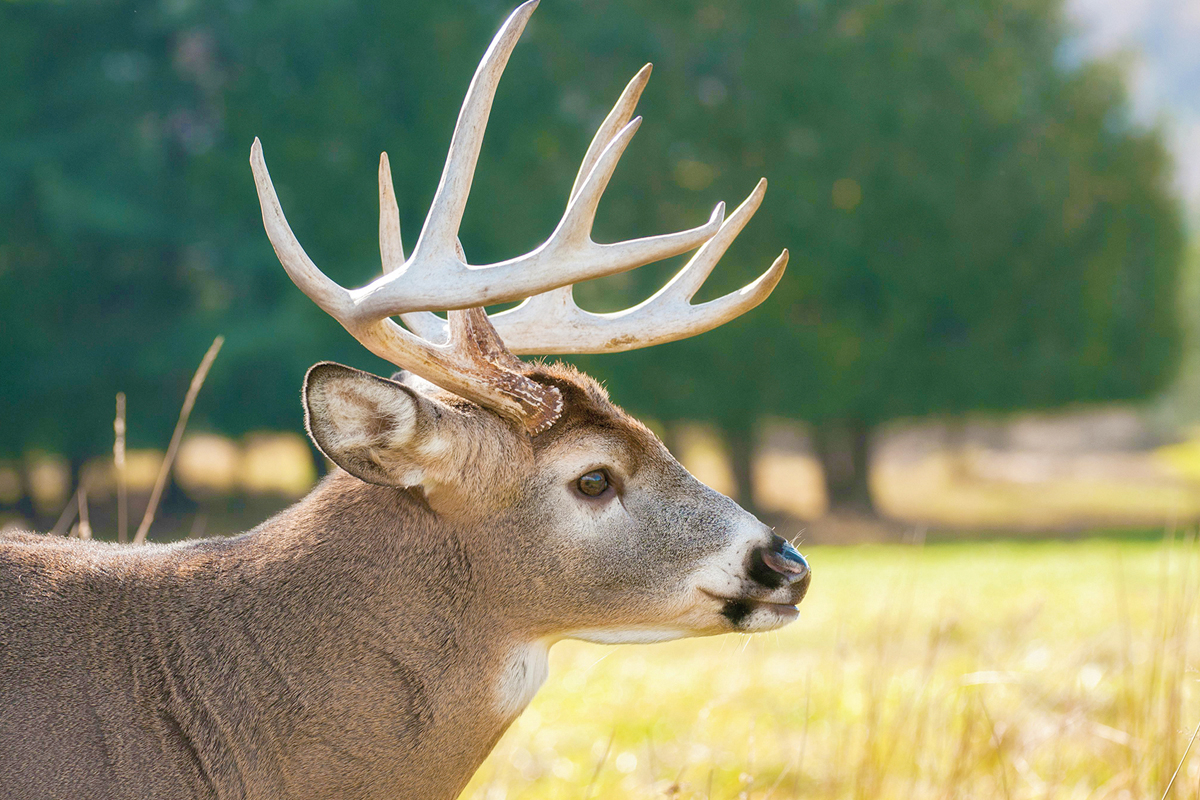Wildlife Commission Announces CWD Surveillance Areas
 Chronic wasting disease isn’t a danger to humans but poses a serious threat to the deer population. Stock photo
Chronic wasting disease isn’t a danger to humans but poses a serious threat to the deer population. Stock photo
The N.C. Wildlife Resources Commission’s Executive Director, Cameron Ingram, signed a proclamation outlining the state’s Chronic Wasting Disease (CWD) primary and secondary surveillance areas as well as the 2024-25 deer season dates in which mandatory sample submission is required.
The CWD primary surveillance areas, designated by county, are Cumberland, Stokes, Surry, Wilkes and Yadkin counties. The secondary surveillance areas are Alexander, Alleghany, Ashe, Bladen, Davie, Forsyth, Guilford, Harnett, Hoke, Iredell, Robeson, Rockingham and Sampson counties.
The Commission reminds the public that within surveillance area counties, it is illegal to transport fawns for rehabilitation, given CWD can easily spread to new areas whenever infected deer are transported by people. Fawns can be infected with CWD by their mother even before birth and not show any visible signs of illness until the late stages of disease.
Place new salt or minerals in existing mineral lick sites or to establish new mineral lick sites, as surrounding soil and vegetation can be contaminated by infected feces, urine, and saliva; once CWD prions are present, they are practically impossible to remove or destroy, and can infect healthy deer for years.
Put out bait, food or food products to purposefully congregate wildlife from January 2 through August 31 each year.
Any hunter who harvests a cervid within the dates and counties listed below is required to submit a sample for testing to the Commission not later than two weeks following the harvest:
Related Items
Nov. 23-25, 2024 in Alexander, Alleghany, Ashe, Davie, Forsyth, Guilford, Iredell, Rockingham, Stokes, Surry, Wilkes and Yadkin counties.
Nov. 16-23, 2024 in Bladen, Cumberland, Harnett, Hoke, Robeson, and Sampson counties.
This information will be published in the 2024-25 Inland Fishing, Hunting and Trapping Regulations Digest this August. Learn more about CWD in North Carolina at nwcf.org.









